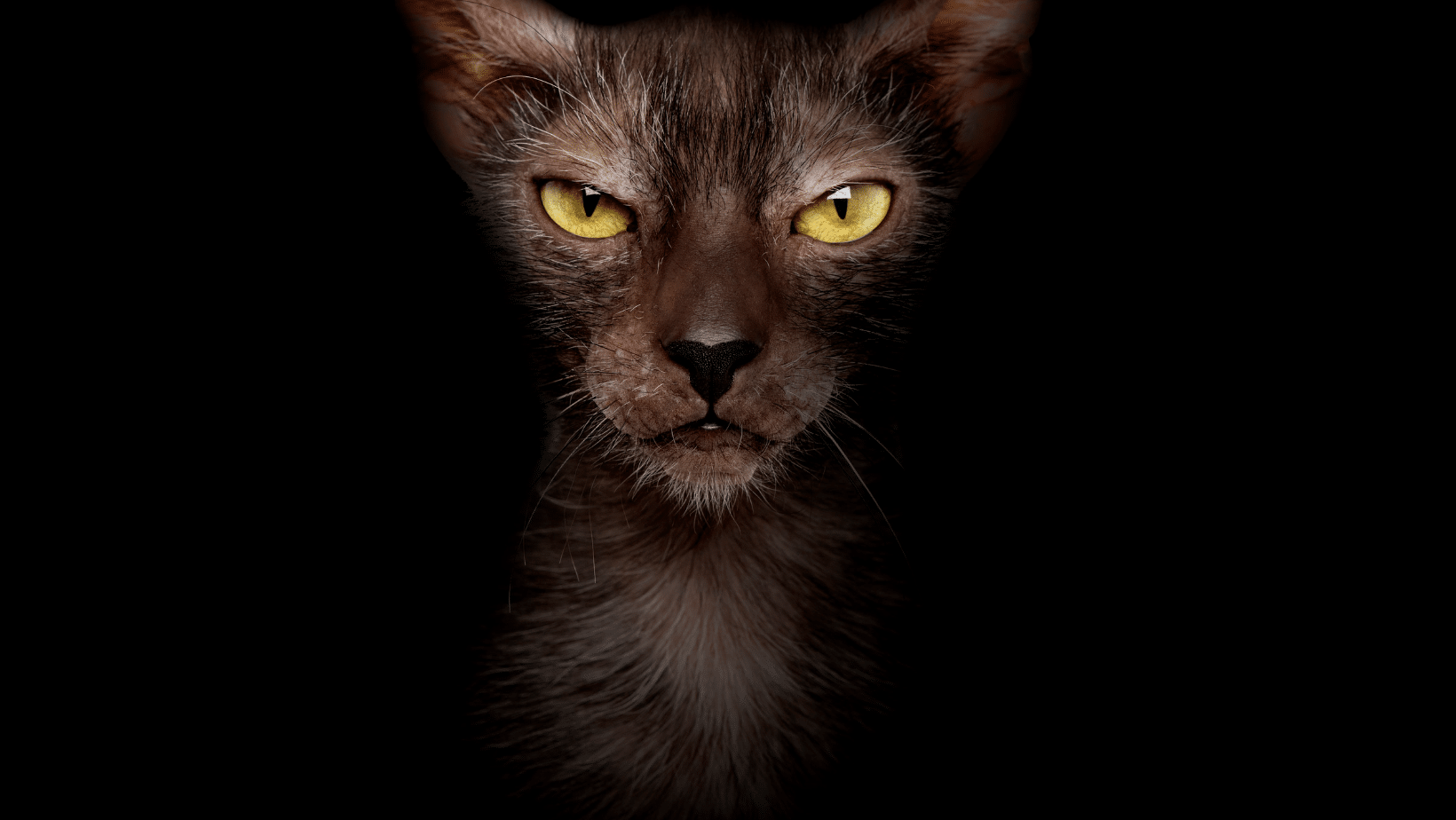
The Lykoi cat is an unusual breed with a unique appearance. Usually referred to as the Werewolf or wolf cat, it is distinguished by its wild, wiry hair and unusual facial features. Learn more about the mysterious beginnings of this rare breed, what their personality is like, and why they are so beloved by cat fanciers around the world.
What is a Lykoi Cat?
The Lykoi cat is a unique and rare cat breed that gets its nickname from its unusual physical characteristics. With a wild, wiry coat and almost wolf-like facial features, the Lykoi cat looks like something straight out of a fairytale. With their unique look and loving personalities, it’s no wonder that these cats have gained a loyal following among cat fanciers! A wolf cat, also known as a Lykoi or werewolf cat, is a breed of domestic cat that has a naturally occurring genetic mutation that causes it to have a distinctive “wolf-like” appearance, including a lean body, sparse hair, and a distinctive ruff around the neck. They are not a hybrid of a domestic cat and a wolf, but rather a natural genetic variation of the domestic cat. They have been recognized as a new breed by some cat registries.
What are the Origins of the Lykoi Cat Breed?
The Lykoi cat is believed to have originated in the United States around 2011. This rare, wild-looking breed comes from a natural mutation of domestic shorthair cats. As such, it’s not known to have purebred ancestors or bloodlines. While the exact details of its origin are still unknown, Lykoi or wolf cats continue to capture the hearts of cat fans all over the world.
Unusual Physical Characteristics of the Lykoi Cat Breed.
The Lykoi cat has many unusual physical characteristics that make it stand out from other breeds. It has a dramatic wolf-like appearance, with the face, ears, eyes, and muzzles looking particularly wild. Its coat is also unique – instead of the usual soft or silky fur found in most other breeds, the Lykoi’s fur appears to be made up of small patches of uniquely textured hairs which look almost bare in some places. These physical traits are often described as resembling that of a werewolf – hence its nickname as the ‘werewolf cat’.
How to Care for and Train a Lykoi Cat?
Looking after a Lykoi cat is not like caring for any other type of cat. Due to their unique temperament and physical characteristics, they require specialized care and training. Grooming for example is essential – because of their patchy coat, it’s important to pay close attention to the areas with denser fur and ensure that there is no matted hair which can be painful for your cat. Additionally, due to the difficulty of identifying health problems due to their unusual coat, it’s recommended that you take your Lykoi Cat for regular checkups and vaccinations at the vet. Finally, proper training is also essential as these cats are very independent and may require guidance when being introduced into a home environment.
Common Diseases Affecting the Lykoi Cat Breed.
Whilst the Lykoi Cat is generally considered to be a very healthy breed, it is still important to be aware of some of the common diseases that could affect your furry companion. The most common conditions seen in Lykoi cats are allergies, eye and skin infections, heart disease, kidney disease, viral respiratory problems, and dermatomyositis – also known as ‘werewolf syndrome’. It is therefore highly recommended that pet owners consult their local veterinarian for regular checkups and vaccinations in order to keep an eye on any possible medical issues.
For more in-depth information also see: Wolf Cats Are On The Prowl: More About Lykoi (www.barkleyandpaws.com)





